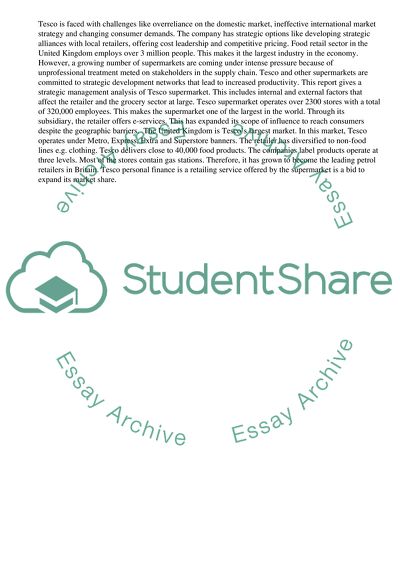Cite this document
(Strategic Management of TESCO Supermarket Term Paper, n.d.)
Strategic Management of TESCO Supermarket Term Paper. Retrieved from https://studentshare.org/management/1478437-strategic-management
Strategic Management of TESCO Supermarket Term Paper. Retrieved from https://studentshare.org/management/1478437-strategic-management
(Strategic Management of TESCO Supermarket Term Paper)
Strategic Management of TESCO Supermarket Term Paper. https://studentshare.org/management/1478437-strategic-management.
Strategic Management of TESCO Supermarket Term Paper. https://studentshare.org/management/1478437-strategic-management.
“Strategic Management of TESCO Supermarket Term Paper”, n.d. https://studentshare.org/management/1478437-strategic-management.


